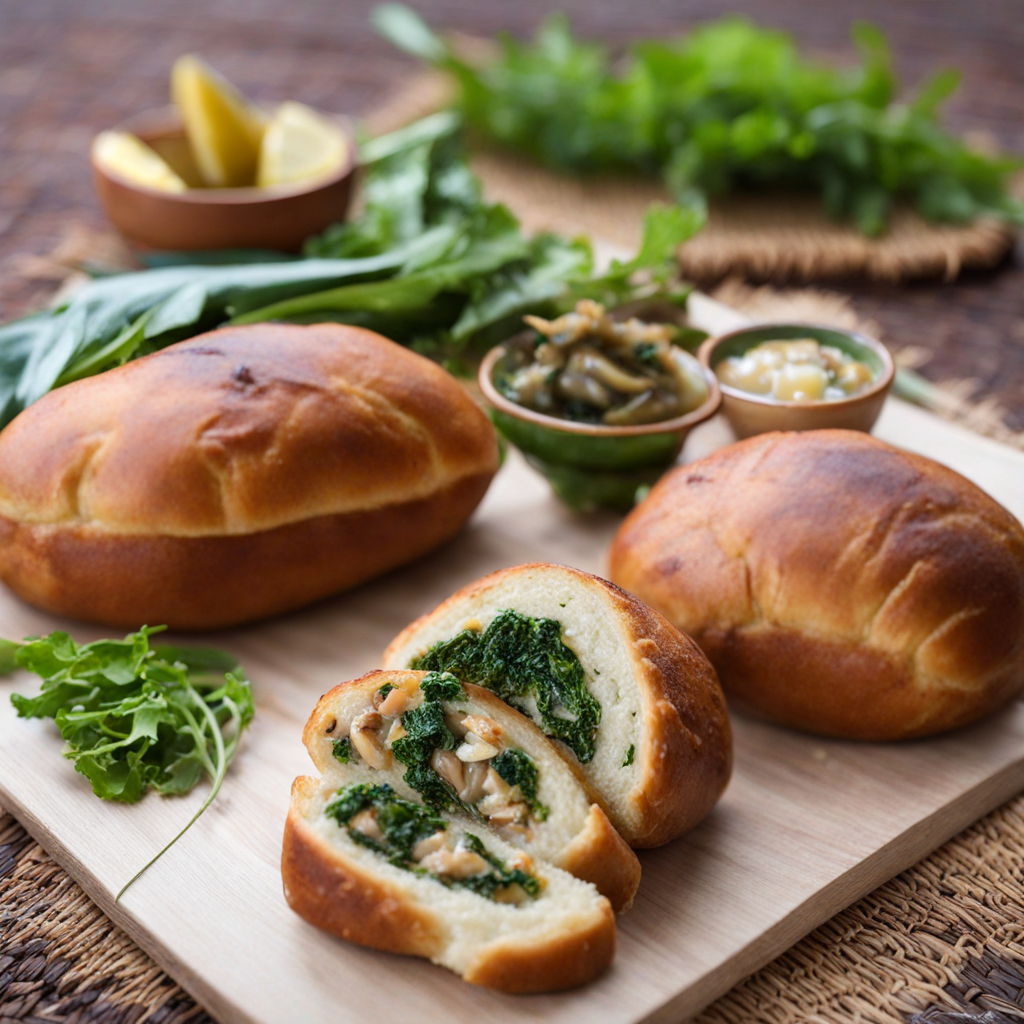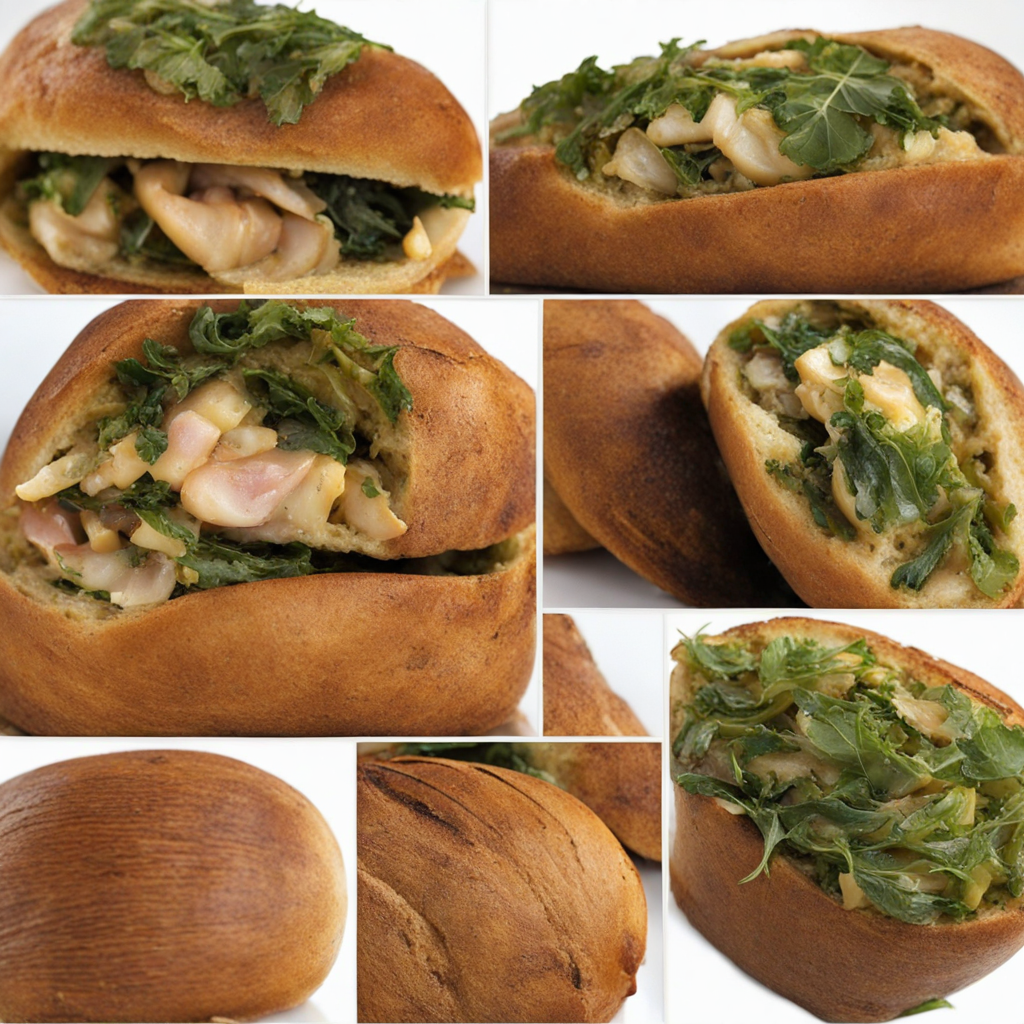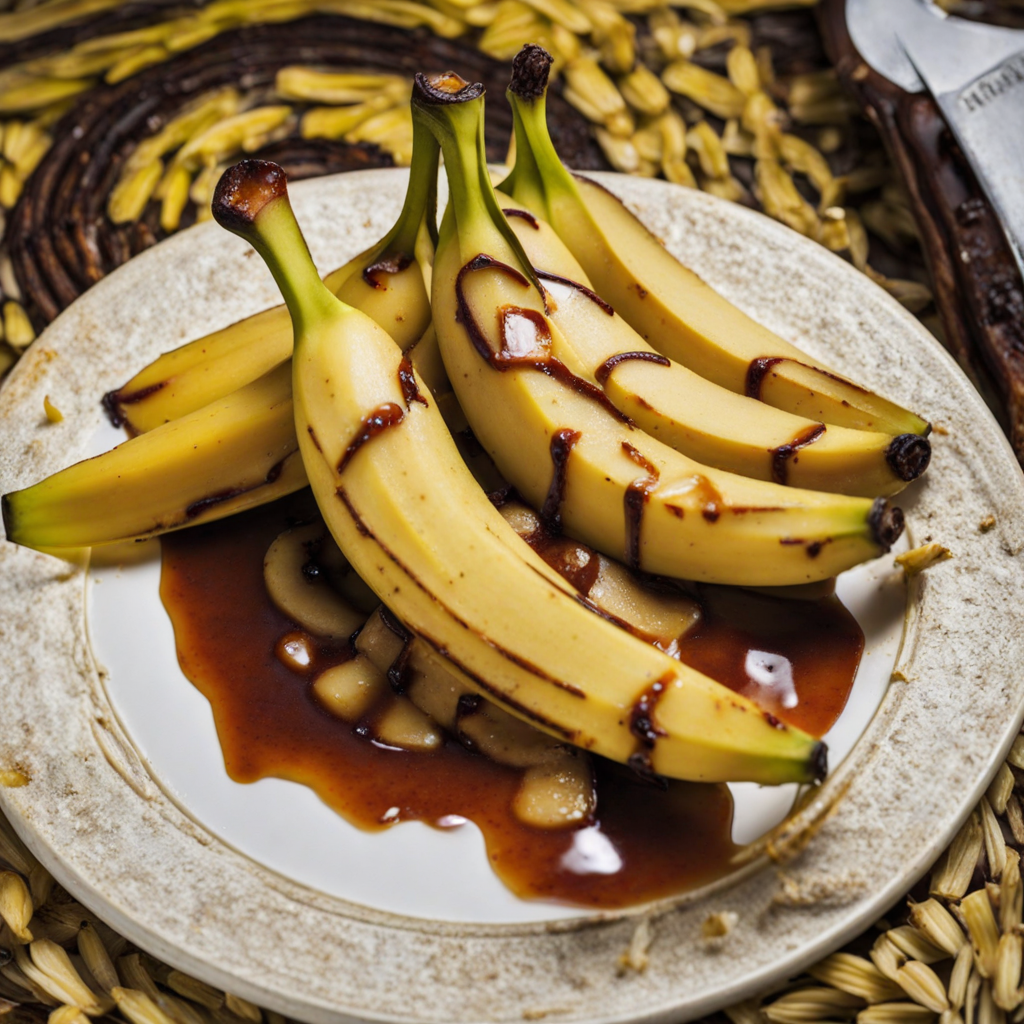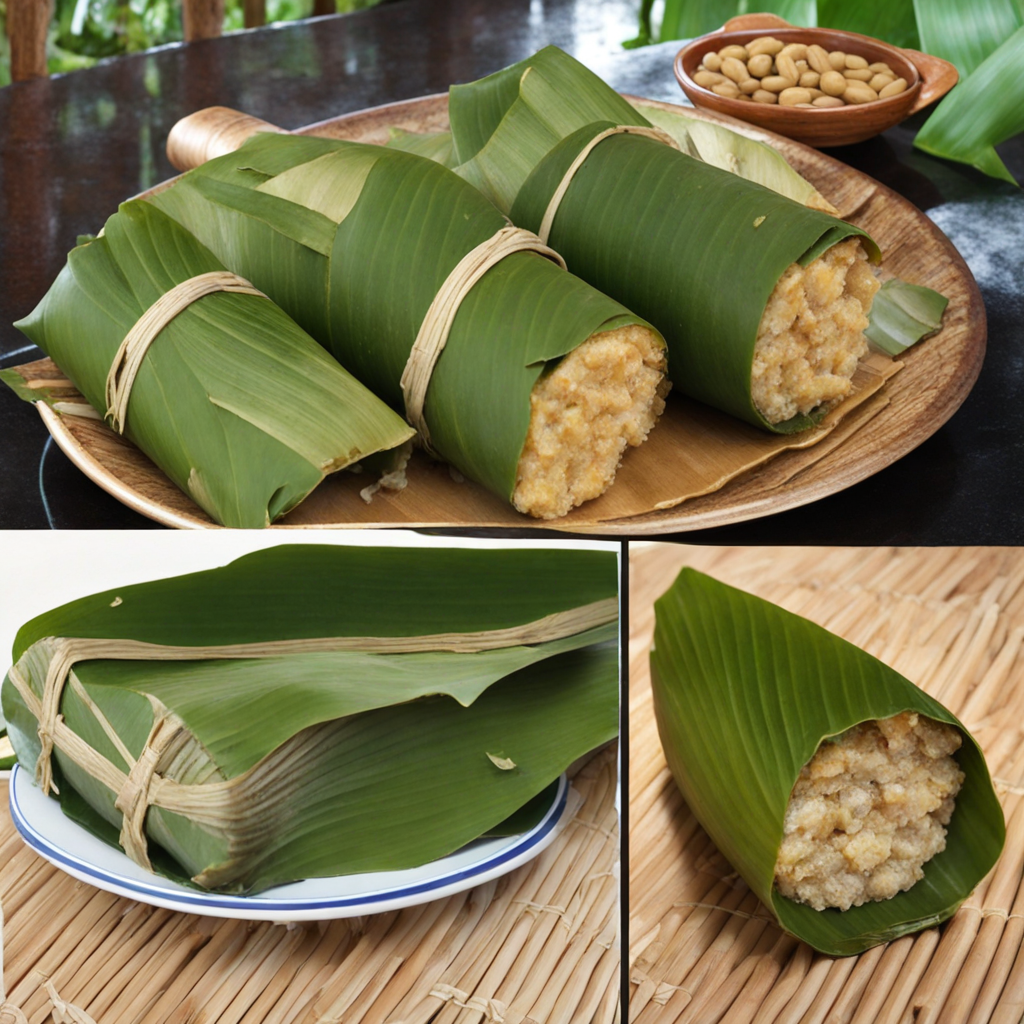Mofo Anana
Mofo Anana, a cherished delicacy from Madagascar, is a savory fritter that exemplifies the island's rich culinary landscape. The term "Mofo" translates to "cake" or "fritter" in Malagasy, while "Anana" means "herbs" or "greens." This dish is primarily made from a combination of local greens, which may include a variety of edible leaves such as cassava leaves, mustard greens, or spinach, mixed with a simple batter. It is deeply rooted in Madagascar's agricultural traditions, where fresh, locally sourced ingredients play a pivotal role in daily cooking. Historically, Mofo Anana reflects the Malagasy people's resourcefulness and connection to their land, as it utilizes readily available ingredients. The dish is often enjoyed as a street food snack or a side dish during meals, showcasing the island's communal eating culture. Traditionally, it is made by families who pass down recipes through generations, preserving the flavors and techniques unique to their regions. The dish also embodies the influence of various cultures that have mingled in Madagascar, such as African, Arab, and French, contributing to its diverse flavor profile. The flavor of Mofo Anana is a harmonious blend of earthiness and freshness. The greens provide a vibrant, slightly bitter taste that is brightened by the addition of spices like garlic, onion, and sometimes a hint of chili, which adds warmth without overwhelming the dish. The batter, typically composed of rice flour or a mix of rice and wheat flour
How It Became This Dish
Mofo Anana: A Culinary Jewel of Madagascar #### Origins and Ingredients Mofo Anana, the beloved Malagasy savory fritter, holds a special place in the hearts and stomachs of the people of Madagascar. The name itself translates to "herb cake," reflecting its key ingredient: an array of fresh greens, typically including wild chard, spinach, or various local herbs known as "anana." The dish embodies the island's rich biodiversity and agricultural practices, showcasing the importance of both native plants and the local farming community. The roots of Mofo Anana can be traced back to the diverse cultural influences that have shaped Madagascar over centuries. The island’s unique position in the Indian Ocean has made it a melting pot of various cultures, including African, Arab, Indian, and European. This confluence of influences has enriched local cuisine, incorporating a variety of ingredients and cooking methods. The use of herbs in Mofo Anana is a testament to the Malagasy people's deep connection to their land and the traditional agricultural practices passed down through generations. #### Cultural Significance In Madagascar, food is not just sustenance; it is a way of life. Mofo Anana is often enjoyed as a snack or street food, symbolizing the communal spirit of Malagasy culture. It is commonly served at gatherings, markets, and family events, reinforcing social bonds and the importance of sharing food. This dish is not only a reflection of the agricultural abundance of Madagascar but also embodies the ethos of resourcefulness among its people. The preparation of Mofo Anana is a communal activity, often involving families and neighbors who come together to harvest the herbs and prepare the fritters. This process fosters a sense of community and cultural identity, where recipes are passed down through generations, and each family may have its own unique twist on the classic version. The dish serves as a reminder of the island's agricultural roots, as well as the deep respect the Malagasy have for their environment and natural resources. #### Development Over Time As Madagascar has evolved, so too has Mofo Anana. Historically, the dish was simple, relying on readily available ingredients and traditional cooking methods. However, with the advent of globalization and increased access to various culinary influences, Mofo Anana has experienced a transformation. Today, while it still retains its core identity, chefs and home cooks alike have begun experimenting with the fritter, incorporating modern techniques and flavors. In urban areas, Mofo Anana can be found in a variety of forms, from the classic version to gourmet interpretations served in trendy restaurants. Some chefs have started to incorporate international ingredients, such as cheese or spices from other cultures, to create a fusion of flavors that appeal to a broader audience. This evolution is reflective of Madagascar's growing tourism industry, where visitors are increasingly seeking authentic culinary experiences that showcase the island's unique heritage. In addition, the rise of food sustainability and farm-to-table movements has reinforced the importance of local ingredients in dishes like Mofo Anana. Many chefs and home cooks are now emphasizing the use of organic, locally sourced herbs and vegetables, highlighting the connection between food and the land. This focus on sustainability not only enriches the flavor of the fritters but also fosters a deeper appreciation for Madagascar's agricultural practices and biodiversity. #### Mofo Anana in Contemporary Madagascar Today, Mofo Anana is synonymous with Malagasy street food culture. It is commonly sold at roadside stalls and markets, where vendors serve hot, crispy fritters to hungry customers. The dish is often accompanied by a spicy dipping sauce, enhancing its flavor profile and making it an irresistible snack. The popularity of Mofo Anana has also led to its inclusion in culinary festivals and events that celebrate Malagasy cuisine, further cementing its status as a national treasure. Moreover, the dish has gained attention outside of Madagascar. As the world becomes more interested in diverse culinary traditions, Mofo Anana has found its way onto menus in international restaurants and food festivals. This exposure not only introduces Madagascar's culinary heritage to a global audience but also contributes to the ongoing conversation about food sustainability and the importance of preserving traditional recipes. #### Conclusion Mofo Anana is more than just a delicious fritter; it is a culinary symbol of Madagascar's rich cultural tapestry, agricultural heritage, and community spirit. From its humble origins as a simple snack to its contemporary iterations in urban settings, Mofo Anana continues to evolve while remaining deeply rooted in the traditions of the Malagasy people. As globalization and modernization shape the culinary landscape, this dish serves as a reminder of the importance of preserving cultural identity through food. In every bite of Mofo Anana, one can taste the stories of generations, the labor of love from farmers, and the vibrant culture of Madagascar. Whether enjoyed in a bustling market or at a family gathering, Mofo Anana will always be a cherished part of Madagascar's culinary heritage, inviting all to partake in its delicious history.
You may like
Discover local flavors from Madagascar







